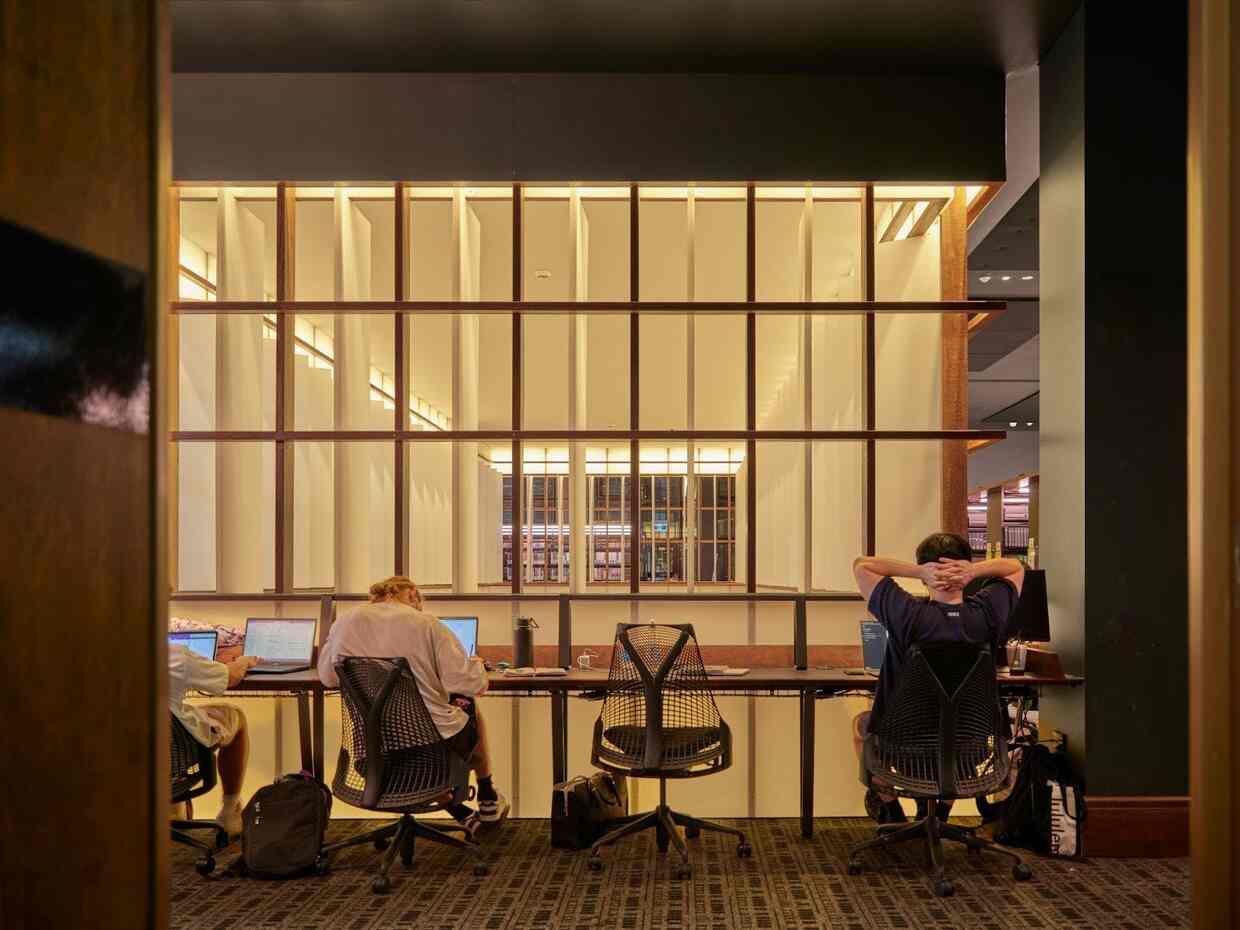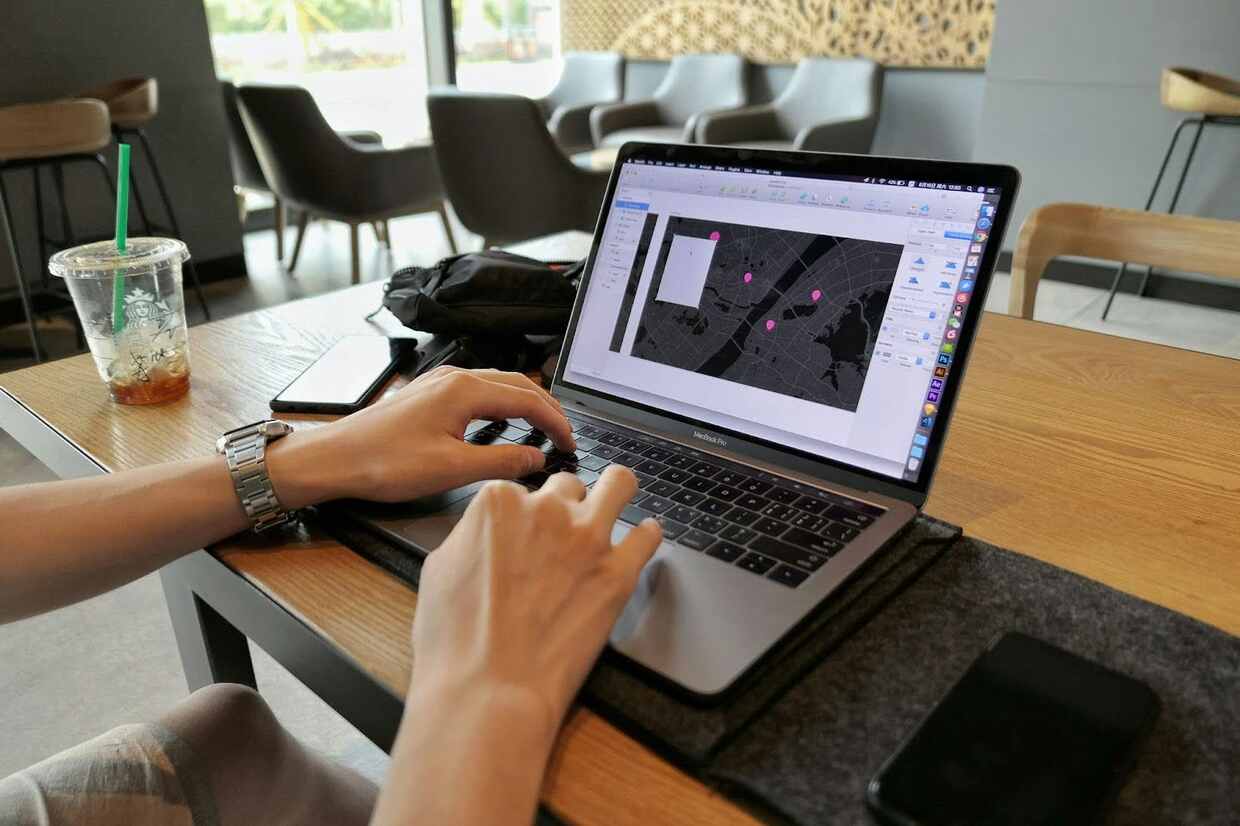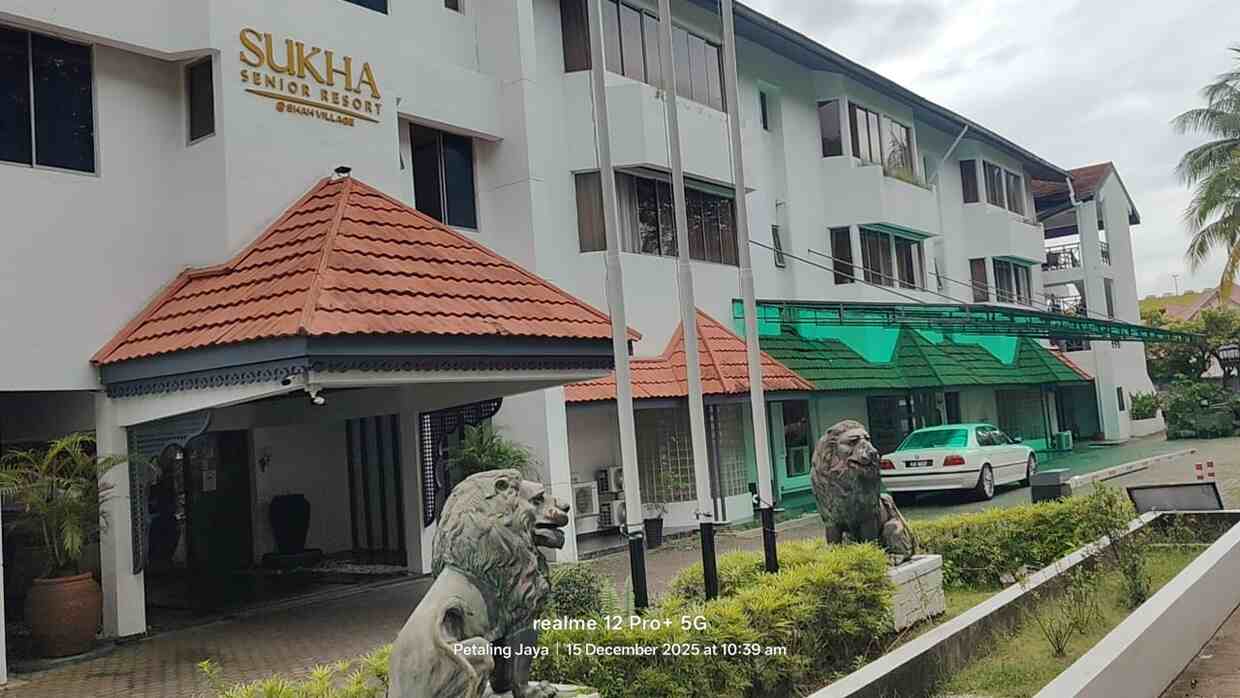Remember when “having it all” meant climbing the corporate ladder, buying a house in the suburbs, and sticking to a rigid 9-to-5 schedule? Those days are long gone. Today’s world offers something far more exciting: the freedom to design your life exactly how you want it. You can work from a beach in Bali one month, shop for the latest tech without draining your savings, and hop between cities without missing a beat in your career.
This isn’t just about being trendy or chasing some influencer lifestyle. It’s about making smart, practical choices that give you more control over your time, money, and experiences. Whether you’re a young professional exploring your options, a parent balancing work and family, or someone who simply refuses to be boxed into outdated ways of living, understanding how to leverage modern resources can transform your everyday life.
The secret isn’t working harder or earning more (though that doesn’t hurt). It’s about working smarter and knowing which tools and services can multiply your options without multiplying your stress. Let’s dive into how you can embrace this new way of living, starting with the foundations that matter most.
Rethinking how you spend: The new era of smart shopping
Let’s be honest: adulting is expensive. Between rent, bills, groceries, and trying to maintain some semblance of a social life, money disappears faster than free food at an office party. And when you actually want to invest in quality items, whether it’s a new laptop for work, a decent mattress, or that kitchen appliance that will finally get you to cook at home, the price tags can feel overwhelming.
But here’s where many people trap themselves: they either delay purchases indefinitely, buy cheap versions that break quickly, or worse, rack up credit card debt with sky-high interest rates. None of these options actually serve you well in the long run.
The smarter approach? Understanding that how you pay can be just as important as what you pay. Traditional thinking says you should only buy what you can afford to pay for immediately. That sounds responsible, but it ignores a crucial reality: sometimes strategic purchases that improve your life or productivity are worth making before you have the full amount saved, as long as you have a sensible payment plan.
This is where the landscape has shifted dramatically. Gone are the days when installment plans were only for major purchases like cars or furniture, often coming with complicated terms and high interest. Today’s financial technology has made it possible to access flexible payment options for everyday purchases, spreading costs over manageable periods without the traditional pitfalls.
Services offering online shopping monthly installments have revolutionized how people approach both essential and aspirational purchases. Instead of watching your bank account take a massive hit or waiting months to save up, you can make purchases that matter to you right now while keeping your cash flow healthy. This is particularly valuable when you need something for work (a better monitor, a professional wardrobe) or when a quality investment will actually save you money over time (energy-efficient appliances, durable everyday items).
The key is using these options strategically, not impulsively. Think of it as giving yourself the same payment flexibility that businesses have always enjoyed. When companies need equipment or inventory, they don’t wait until they’ve saved every dollar; they use payment terms to maintain cash flow while investing in growth. Why should your personal finances work any differently?
Smart installment shopping also helps you avoid the feast-or-famine cycle where you splurge when your account is full, then struggle later. Instead, you maintain steady, predictable monthly expenses that are much easier to budget around. Plus, when you know exactly what you’re paying each month, you can make more informed decisions about whether a purchase truly fits your financial picture.

Breaking free from the traditional office: The workspace revolution
Now, let’s talk about where and how you work, because this might be the area where life has changed most dramatically over the past few years. The old model was simple: your employer provided an office, you showed up there every day, and that was that. Your workspace and your work were inseparable.
Fast forward to today, and that rigid structure has crumbled. Remote work isn’t a fringe benefit anymore; it’s mainstream. But here’s what many people don’t realize: working remotely doesn’t mean working from home. In fact, for many people, home is the worst place to be productive.
Think about it. Your home has distractions (family, roommates, that Netflix show calling your name), limited separation between work and rest (which destroys work-life balance), and often inadequate setups for professional work. Your dining table wasn’t designed for eight-hour work sessions. Your WiFi isn’t optimized for video calls. Your bedroom definitely shouldn’t double as your office if you value your sleep.
The solution isn’t going back to traditional office leases. If you’re freelancing, running a small business, or working remotely for a company, signing a long-term commercial lease makes zero sense. You don’t need an office every day. You don’t want to be locked into one location. And you certainly don’t want to pay for space you’re not using.
This is where the flexibility revolution truly shines. Rather than choosing between the isolation of home and the commitment of a traditional office, you now have a third option that gives you the best of both worlds. Modern coworking solutions and flexible office spaces let you access professional work environments exactly when you need them, without the burden of long-term contracts or wasted money on unused space.
Consider the possibilities this opens up. You can work from home on days when you need deep focus and have tasks that don’t require interaction. Then, on days when you have client meetings, need to collaborate with team members, or simply crave a change of scenery and the energy of being around other professionals, you can book time in a proper workspace.

The Work Project hot desk office spaces exemplify this new approach to work flexibility, offering professionals the ability to access quality office environments without the traditional constraints. Whether you need a desk for a few hours to escape home distractions, a full day to meet clients in a professional setting, or regular access to different locations as you move around the city, flexible workspace solutions adapt to your schedule rather than forcing you to adapt to theirs.
This flexibility extends beyond just having a desk and WiFi (though those are obviously essential). Quality flexible workspaces provide everything you’d expect from a traditional office: meeting rooms when you need to host clients, professional addresses for your business correspondence, communities of other professionals you can network with, and all the amenities that make workdays more pleasant, from decent coffee to ergonomic furniture.
The financial benefits are substantial too. Instead of spending thousands on a permanent office, you pay only for what you use. During busy months when you need more space, you use more. During slower periods or when you’re traveling, you scale back. Your overhead stays aligned with your actual needs, which is particularly crucial for freelancers and small businesses where income can fluctuate.
But perhaps the biggest advantage is psychological. Having a clear separation between “work mode” and “home mode” helps maintain your mental health and productivity. When you leave a workspace at the end of the day, you’re truly done working. Your home becomes a place to rest and recharge, not another office that happens to have your bed in it.

Staying connected anywhere: The untethered lifestyle
Here’s where all this flexibility really comes together: your ability to travel without disconnecting from work or life. The digital age promised us freedom from geography, but for a long time, that promise came with an asterisk. Sure, you could technically work from anywhere, but finding reliable internet, dealing with roaming charges, and staying connected across borders remained expensive and frustrating.
Today, that asterisk is disappearing. The barriers that used to tether us to specific locations are crumbling, making it genuinely possible to maintain your career, relationships, and productivity while exploring the world. But only if you know how to set yourself up properly.
Let’s talk about connectivity, because this is where many people’s travel plans (and remote work dreams) fall apart. You might have the perfect laptop, the ideal flexible workspace arrangement, and a job that allows remote work. But none of that matters if you can’t get online reliably.
Public WiFi is notoriously unreliable and insecure. Hotel WiFi often throttles your connection or charges premium rates. Local SIM cards require research, sometimes proof of residency, and you’re gambling on coverage and data limits. International roaming plans from your home carrier? Prepare for bill shock that can run into hundreds or thousands of dollars, especially if you’re doing actual work that requires uploading files, video calls, or constant connectivity.
This is particularly critical when traveling to places where internet infrastructure works differently, regulations are complex, and language barriers make troubleshooting impossible. Take China, for example. It’s an incredible destination for business and leisure, but the internet landscape there operates under different rules. Many services you rely on daily don’t work without proper setup. Getting a local solution that actually functions can involve bureaucratic hurdles that eat up precious travel time.
The solution smart travelers use is bringing their own reliable connectivity with them. Rather than depending on whatever patchwork of WiFi networks you can find or risking massive roaming bills, having a dedicated mobile hotspot designed for international travel transforms your experience completely.
Services providing pocket wifi rental china and other destinations give you reliable, secure internet access from the moment you land until you leave. You’re not hunting for cafes with decent WiFi or worrying about whether your hotel connection can handle video calls. You have your own secure network, wherever you go, often at a fraction of what you’d pay for international data plans.
This might sound like a luxury, but consider the math: one lost work opportunity because you missed an important email, one client meeting that goes poorly because your connection kept dropping, or one emergency situation where you couldn’t access important information can easily cost more than weeks of rental fees. And that’s before we factor in the stress reduction and time saved not dealing with connectivity issues.
The ability to stay connected reliably also opens up travel opportunities that would otherwise be impractical. Weekend trips to neighboring countries become feasible because you’re not worried about work emergencies you can’t respond to. Extended stays in places with lower cost of living become viable because you maintain your earning power. Even that business trip becomes less stressful when you know you can reliably connect from the airport, your hotel, or anywhere in between.

Bringing it all together: Your flexible life blueprint
What connects all these pieces, smart spending, flexible workspaces, and reliable connectivity, is a mindset shift. It’s moving away from the old model of rigid commitments and toward a life where you maintain options and flexibility at every level.
This isn’t about being irresponsible or commitment-phobic. It’s about recognizing that the world has changed, and the tools available to us today make it possible to live with far more freedom than previous generations could imagine. Why lock yourself into payment patterns, work locations, or connectivity solutions that don’t serve your actual life when better options exist?
The beauty of this approach is that it scales with you. Maybe right now you’re just looking to manage your budget better with smarter payment options. That’s a perfect starting point. As you get comfortable with that flexibility, you might explore working from different locations occasionally. Eventually, you might find yourself confidently traveling while maintaining your career, all because you built the foundation of flexibility piece by piece.
Start by auditing your current situation. Where are you locked into arrangements that don’t actually serve you? Are you paying for office space you barely use? Avoiding purchases you need because of outdated thinking about payment? Missing travel opportunities because connectivity seems too complicated?
Each constraint you identify is an opportunity to introduce more flexibility. You don’t need to overhaul everything at once. Pick one area where increased flexibility would most improve your life, implement a solution, and experience the benefits firsthand. Once you see how much better life works when you have options, expanding that flexibility to other areas becomes natural.

The freedom to choose
The most valuable commodity in modern life isn’t money or time in isolation. It’s options. The ability to choose where you work, when you make purchases, and how you stay connected as you move through the world. These choices compound on each other, creating a lifestyle that previous generations simply couldn’t access.
You don’t need to be wealthy to live this way. You don’t need a specific type of job or life situation. What you need is awareness that these options exist and the willingness to try approaches that might feel unfamiliar at first.
The old model, lock yourself into long-term commitments, pay everything upfront or go without, work where and when you’re told, was never designed to serve you. It was designed for a different era with different constraints. That era is over.
Your move now is simple: identify one area where more flexibility would improve your life, and take action on it this week. Make that purchase you’ve been delaying using smart payment terms. Book a day in a proper workspace instead of suffering through another distraction-filled day at your kitchen table. Research connectivity options for that trip you’ve been putting off.
Small steps toward flexibility compound into big life changes. The gap between where you are and where you want to be isn’t as wide as it seems. It’s just a matter of recognizing that you have more options than you thought, and having the courage to use them.












Add comment